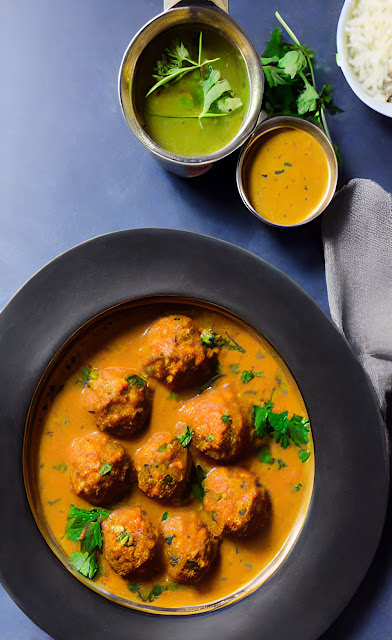Anise donuts
In many places in Spain it is traditional to make anise donuts during the Christmas holidays. They are smaller than american donuts but very much tasty.
INGREDIENTS :
- 700 grams (1.5 lb) of pastry flour
- 100 (3.5 oz) grams sugar
- 50 grams (1.8 oz) of baking powder
- 5 eggs
- 1/4 cup of milk (50 ml)
- 1/4 cup of warm water (50 ml)
- Lemon
- Anise liqueur (30 ml, 1/6 cup)
- Salt
- Virgin olive oil + sunflower, or canola or corn oil (half and half to fill a pan so that there is a finger's depth left).
We separate 200 grams (7 oz) of flour that we sift into a bowl with the yeast and a quarter cup of warm water. We knead until it is flexible. If more water is needed because the dough seems too dry, we simply add it by wetting the tips of our fingers and splashing the dough.
We will let it rest in a place at room temperature, covered by a cloth, until the dough rises to double its original volume.
When this happens - two hours should be more than enough - we will add the eggs, milk, the grated peel of a lemon and the anise liqueur. We will also add salt, just the tip of a teaspoon.
We knead again and be careful because the dough will stick to our fingers. With the other hand we add the remaining half a kilo of flour but always passing it first through the fine mesh sieve. Flour is added only until the dough comes off easily from our fingers, so the amount is approximate. If it separates from your fingers before incorporating all the flour, we should stop doing it. Sometimes half a kilo (1.1 lb) is enough, sometimes a little more is necessary. What is important is that we stop the addition just at the moment when the dough does not adhere. We continue working on it - give it a good beating, it always shows - and when we finish it we let it rest for another two hours.
Now let's fry the donuts.
We take dough and make some rounded strips about 10 centimeters (4 inches) long. Meanwhile, we will have heated the oil in a large pan, with at least an inch of depth. This is important since since they have to be consumed hot we must fry as many donuts as possible at the same time and above all so that they do not stick to the bottom, which would happen if there was little oil.
We close the strips to shape the donut and immediately fry them with the oil bubbling well. When they are golden, we turn them over and once the frying is finished, we extract them and leave them on a kitchen paper to absorb the excess oil. Sugar is sprinkled on top - no icing sugar, just normal - and they are ready to eat, warm or even at room temperature.
They have an incredible flavor, it is worth cooking them.
Read more desserts and sweets of Spanish origin in our book (spanish language):




Comments